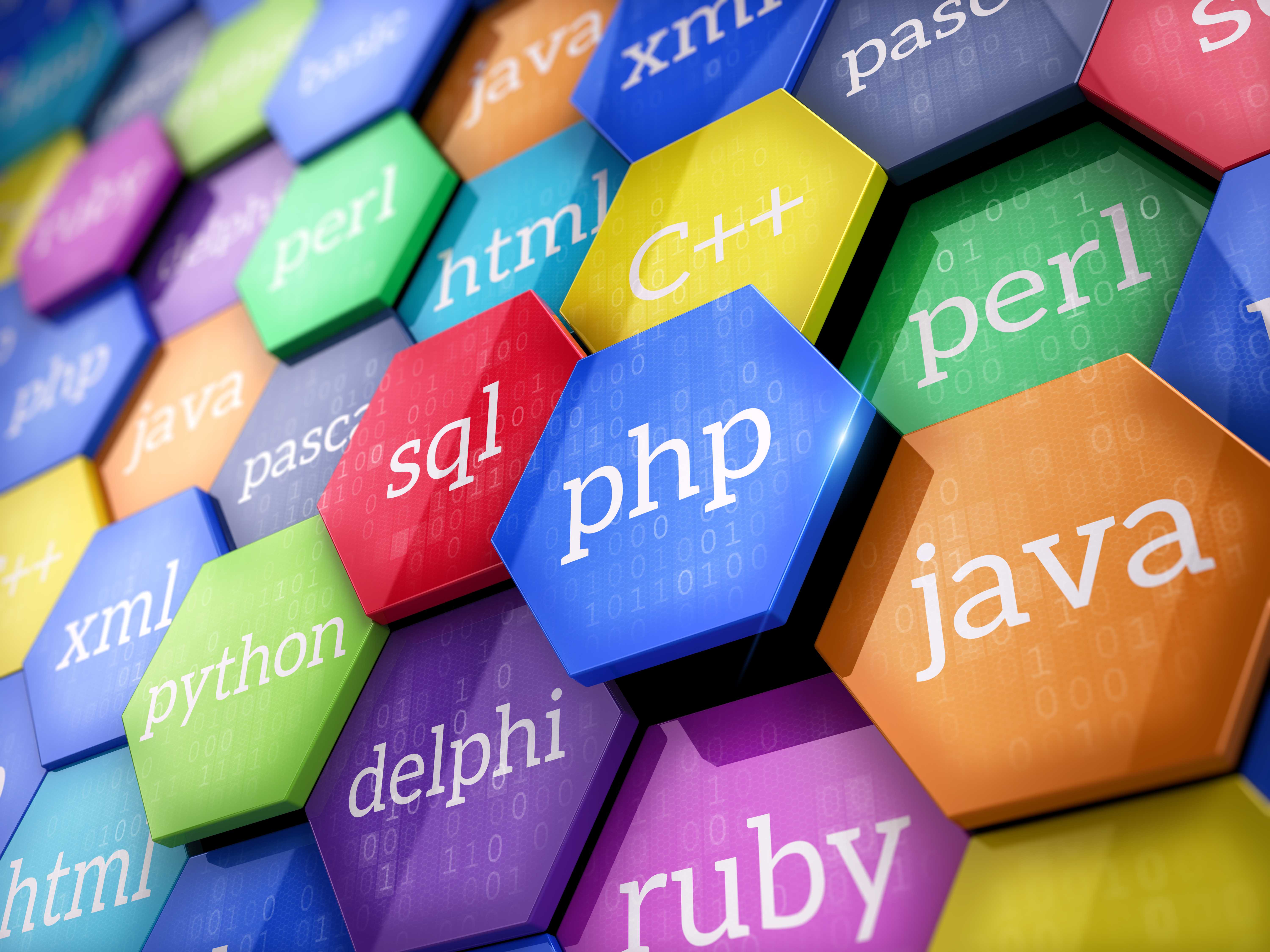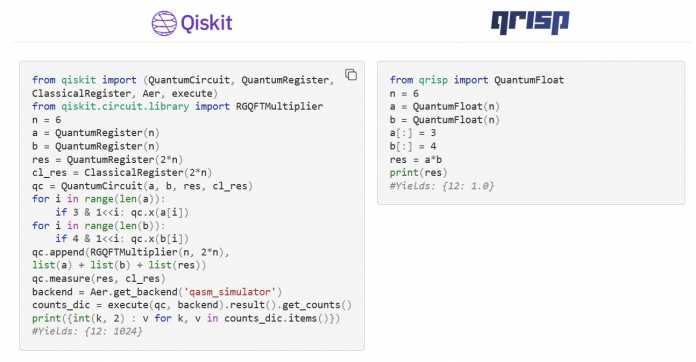Fraunhofer FOKUS has presented a new framework for quantum computing: According to the project description, Qrisp is a high-level programming language for working with quantum systems and an associated framework. According to the Institute for Open Communication Systems, it strives to enable efficient and scalable writing of quantum algorithms. The aim is to open up quantum computing to broader parts of the developer community than before.
Qrisp supports common programming paradigms
Numerous functions are intended to simplify the writing of quantum code: The Qrisp team advertises the framework with user-friendly syntax, comprehensive documentation and support for common programming paradigms (such as variables, if conditions, loops). Code in Qrisp can be compiled down to the quantum circuit level, making it compatible with most of today’s physical backends that use quantum circuits. With Qrisp, many low-level coding tasks such as gate-by-gate assembly or qubit management should be automated.
(Bild: Sashkin/Shutterstock.com)

High-level Programming Languages serve as a “bridge language” between man and machine for writing computer programs, including C++, Python, Java, JavaScript, C# and WebAssembly. The oldest high-level programming languages include FORTRAN (Formula Translation), ALGOL (Algorithmic Language) and LISP (List Processing), if you disregard Konrad Zuse’s early language “Plankakul”. They are significantly more complex than machine languages. Microprocessors do not understand the instructions directly, and the code has to be translated into machine language using an interpreter or compiler. “High-level”, on the other hand, does not mean a degree of difficulty in learning or programming, but these languages serve to operationalize complex tasks through programs.
Express complex relationships in a compact way
They are able to express more and more complex relationships in a compact way, which can then be broken down into machine code in a second step. The readability of the source code increases and recursive tasks are reduced. The syntax is increasingly adapted to human habits, the languages run largely independently of the processor type, are slower due to the necessary translation into machine language (than, for example, machine-related languages such as C) and allow extensive semantic analyses.
Recycle quantum resources across functions
The biggest hurdle in quantum computing is controlling individual quantum gates and qubits. With a “sophisticated qubit management system,” recycled quantum resources can be automatically reused across functions in the new framework. Qrisp code should be able to be modularized in this way. The typing system is seamlessly integrated into the Python infrastructure, which takes the complexity out of developing scalable algorithms. Qrisp is considered lightweight and fast, which the project team says “results in a convenient development workflow.” For comparison, you provide two snippets of code on your site that accomplish the same task, which is the multiplication of two n-bit integers. One code snippet was written with Qiskit, the other with Qrisp:

For comparison: the multiplication of two n-bit integers — written in Qiskit on the left, in Qrisp on the right.
(Image: Fraunhofer FOKUS)
How Qrisp solves combinatorial problems
In the accompanying published tutorial, the team describes how to use Qrisp to solve the Traveling Salesman Problem, or TSP for short. As a reminder: TSP is a combinatorial optimization problem from theoretical computer science. The task is to choose a sequence for visiting several places in such a way that, apart from the starting point, no station is visited more than once, the entire round trip is as short as possible and the first station is also the destination. The solution presented in the Qrisp tutorial involves around ten different quantum variables, whose respective qubits are repeatedly unraveled and reused for other variables.
The approach presented should scale better in terms of the number of qubits than the previously common QUBO-based approach. According to the team, the example should illustrate how Qrisp “as a high-level language enables new and scalable solutions for complicated problems”. High-level programming languages for quantum programming are thus likely to be an integral part of the future of quantum information science.
Quantum computing widely available from 2025?
The physicist and former CTO of Deutsche Bahn Prof. Dr. At the Rise of AI conference in mid-May, Sabina Jeschke said something similar about quantum computing: Quantum computing is imminent, and the first systems of industrial dimensions can be expected from 2025. The costs for this would fall over time, and the energy requirements for computing processes in particular would be significantly lower than in conventional data centers. Jeschke explained that even with cooled quantum systems only about a tenth of the previous energy is required, with systems at room temperature (which Jeschke expects from around 2028 according to his own statements) only one percent of the energy required today is due. For systems with real-time calculation and for machine learning, the acceleration of the computing processes should result in significant progress.
Jeschke strongly advised to deal with quantum algorithms, since quantum computing will soon enable energy-saving high-performance computing and thus trigger a disruption. The predicted potential for saving energy in high-performance computing is also likely to be the reason why the Ministry of Economics and Climate Protection is funding the Fraunhofer FOKUS project on Qrisp. The software architect and developer Raphael Seidel and his colleagues Dr.-Ing. Nikolay Tcholtchev (project management) and Sebastian Bock, who, according to the website, are the contact persons for queries.
Qrisp at GitHub and Tutorial
Further information on Qrisp can be found on the project website. Qrisp is available as open source software in the Fraunhofer repository at GitHub. There is a tutorial to get you started and to familiarize yourself with the framework. In the “Reference” area, the team provides in-depth documentation on Qrisp.
(sih)
